Has all the recent talk about climate change made you want to live a greener life? You’re not alone. Inside this guide are 5 genius ways to turn your home into an eco-friendly paradise. Spoiler: you won’t have to break the bank for any of these suggestions.
According to Show House, 77% of people in the housing market are looking to choose a green home as their next purchase.
This shows that society is moving in one direction: towards a sustainable future.
Hence, there’s no better time than now to make your home more eco-friendly. Not only will it benefit you, but it will also add some extra value to your home in case you decide to sell it in the future.
Let’s begin.
1: Cut down on household items and use a self-storage unit
If your home is full of electrical items that are always plugged in and turned on, it’s going to wrack up some big bills that aren’t great for you or the environment.
This is why many homeowners are now cutting down on their household items and using self-storage units, instead.
Essentially, a self-storage unit is a pod (that looks like a small room) inside a storage facility. Here, you can store any belongings you want providing that they fit securely inside.
It’s a great way to help the environment whilst ensuring your house isn’t overflooding with items you don’t need or have nowhere else to store.
If you want to try a storage unit, take a look at StorageArea.
2: Invest in solar panels
Thankfully, solar panels aren’t as expensive as they used to be. Best of all, they even look more visually appealing now, and are a great way to modernize your home.
Solar panels use less carbon which enables them to reduce your electricity usage. Naturally, this is great for the environment.
3: Collect rainwater
It’s now becoming increasingly common for homeowners to collect rainwater – especially in countries where it rains often.
You can use rainwater for a variety of things; from watering plants to cleaning. It’s very useful when you know what you’re doing with it.
Rainwater can be collected from:
- Roofs
- Gutters
- Garages
When you do this, though, make sure to do it safely.
4: Switch to LED bulbs
If you don’t currently use them, it’s highly recommended that you switch to LED bulbs throughout your household. The greenhouse gas emissions produced by LED lights are much lower than traditional lightbulbs, which is why many forward-thinking homeowners are switching to them. Plus, many LED bulbs can now be controlled by smartphones, which is nice and convenient!
5: Try to use your dryer less
After using your washing machine, you probably use a dryer. However, dryers are known for consuming a lot of energy, which is why it’s a good idea to hang your clothes outside, instead. Or, alternatively, you can use a drying rack for clothes inside and leave it next to an open window. Over time, this will help you to drastically reduce your energy bills, which is important during these current times.






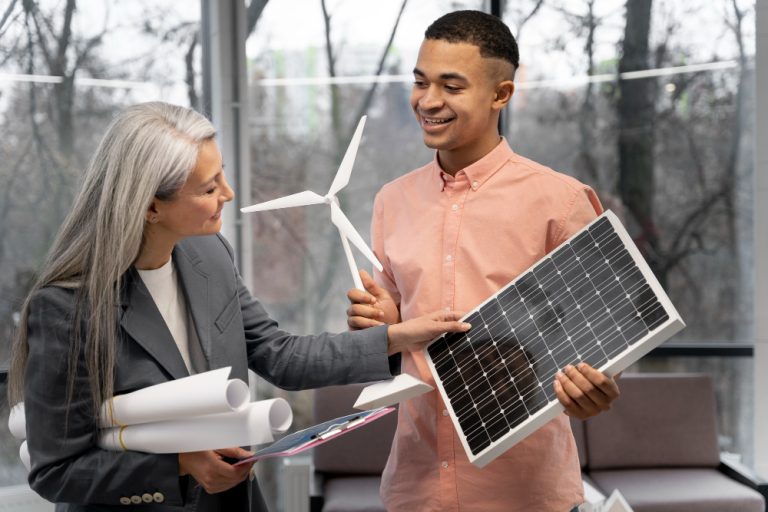
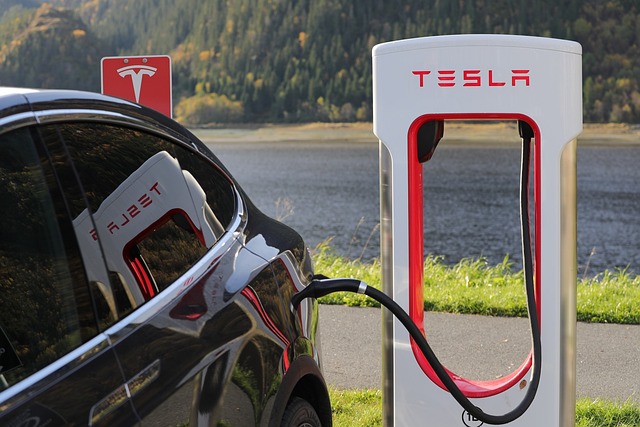
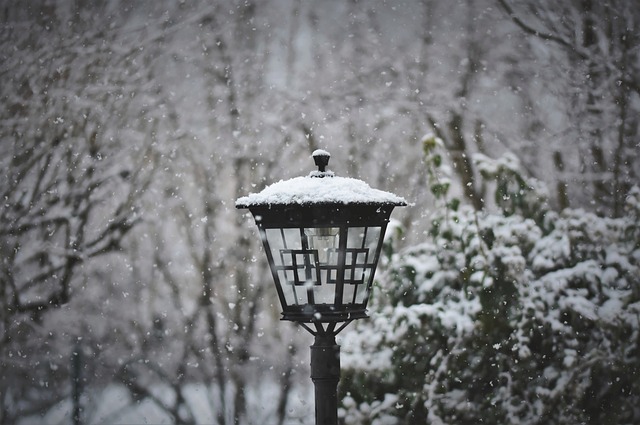
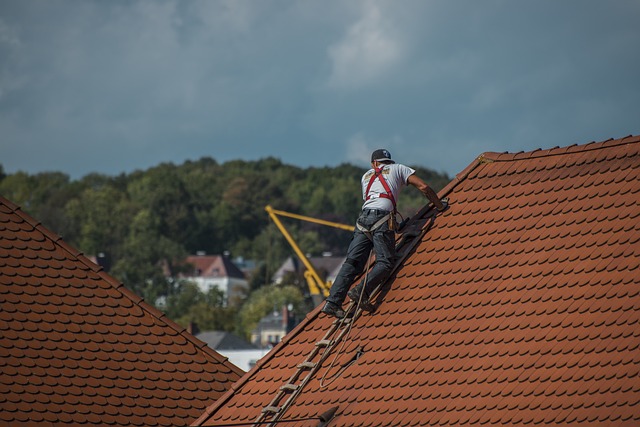

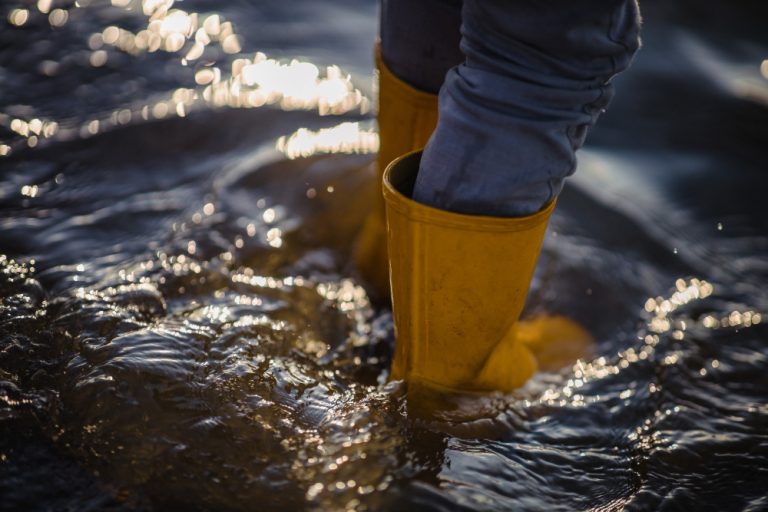

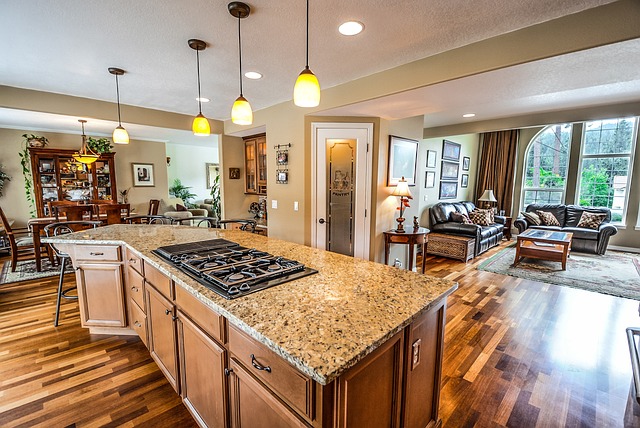
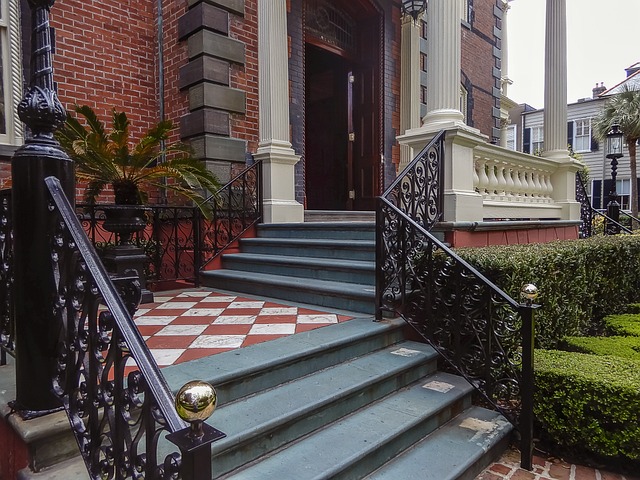
+ There are no comments
Add yours